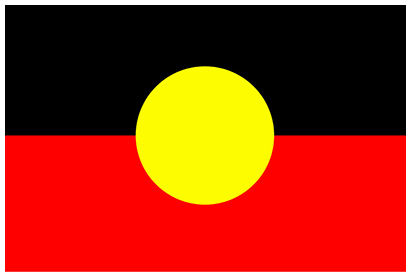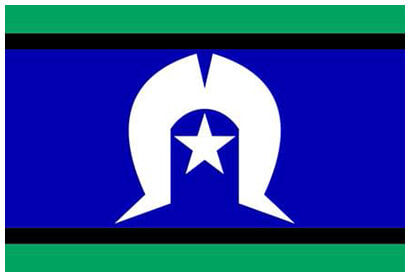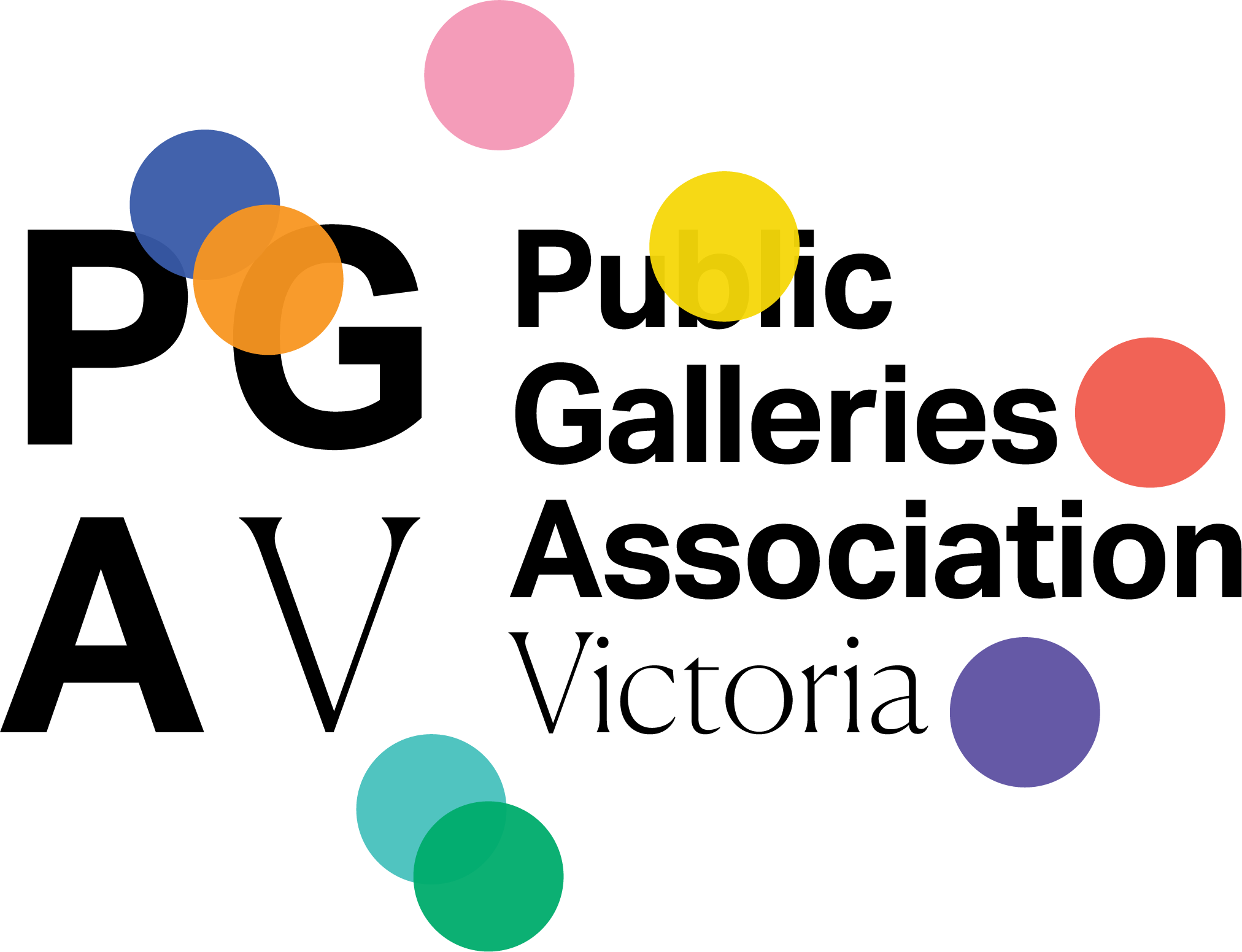senior curator
Professions in the Public Gallery Sector

penny teale
Senior Curator
Bunjil Place Gallery
Photo: by Christian Capurro.
Date: September 2022
Senior Curator
The Senior Curator leads the programming of the gallery, which incorporates diverse artistic styles and perspectives. They support the development and reporting of the annual budget, initiate ideas for public events and oversee the design, interpretation and logistics of exhibitions. They lead the development of an art collection and systems and procedures for collection management. They are generally responsible
for managing at least one member of staff.
For information about roles within public galleries see the PGAV Fact Sheet: Staffing Levels & Position Titles
How did you get started in your career and what formal qualifications or experience do you have?
Art has always been a great constant in my life and undertaking a Bachelor of Creative Arts from the University of Southern Queensland seemed to be a natural path. I majored in painting and textiles (tapestry) alongside minor studies in English Language and Literature with the intention to continue with a Postgraduate in teaching. Toward the end of my third year, I became increasingly interested in the idea of working in museums and went on to a Postgraduate in Museum Studies, firstly through James Cook University later transferring to Deakin University. Throughout my early years I volunteered at a range of galleries and museums – one early experience led to me co-curating a collection-based exhibition at the Dalby Art Gallery in Queensland, my childhood home. The Gallery took touring exhibitions, had a collection store, and at that time was run exclusively by volunteers from the community. Looking back this was such a rare opportunity, it also reinforced that I was on the right path and ignited my interest in collections and their management. Around this time, I also began volunteering at the Cobb & Co. Museum in Toowoomba which led to a paid position as a weekend Information Officer. Being one of the few students to approach the museum to volunteer provided me with hands on experience under the guidance of the curator in exhibition development, collection management and public programs. For a period, I worked full-time in commercial galleries until landing a part-time position at McClelland Gallery as the co-ordinator of the inaugural McClelland Sculpture Survey & Award. An incredible role that led to me being part of the McClelland team for 13 years. During this time, I undertook a range of roles shifting from Public Programs to Assistant Curator, Curator & Collection Manager and later to the position of Senior Curator.
What does your role as Senior Curator encompass?
The focus of my role at Bunjil Place Gallery is to develop a two-to-three-year program of exhibitions that offer audiences experiences with a multiplicity of artforms and viewpoints. This also includes planning and managing exhibition budgets, collaborating with artists, and engaging with collectors, gallerists, and a range of internal and external stakeholders from graphic and exhibition designers and photographers to fabricators and publicists. A large part of the role involves exhibition ideation from development to delivery, including the formation of interpretative content such as writing didactics, essays and overseeing publication content design and delivery through to providing tours, talks and participating at conferences. I work within a great team, including Director Georgia Cribb, Registrar Catherine Bennetts-Cash and Senior Education and Audience Engagement Officer Sarah Lyons to deliver an exhibition program that is designed to appeal to a cross section of audiences. Sarah and I also work closely to develop a learning program that creatively responds to the ideas underlining each exhibition.
What knowledge and skills do you think are most needed for this role?
The ability to problem solve, from inventing ways to get the most out of lean budgets, adapting to changes at the last minute, to fitting large works through small doorways or finding ways to realise an artist’s ambition within the constraints of space and resources. Project management and people skills are also vital to meeting multiple deadlines and effectively working with a wider team and multiple stakeholders.
In your role how do you manage the interests of artists alongside the priorities of the gallery?
This really comes down to long term planning and having a strong exhibition framework that clearly defines the objectives of the exhibition program, including why the program exists, who the program is for and how it is delivered. Our current exhibition program is derived from the strength and distinctiveness of our region and people. The artists we work with and the exhibition and artworks we display tend to naturally align with these programming priorities. Like any relationship, good communication and working collaboratively and with clarity. By mutually confirming a project’s intent from the outset, including a project proposal, scope of fees, timelines and defining expectations also helps in ensuring everyone is on the same page.
How do you articulate curatorial ideas for broader engagement?
Developing a range of associated programming for both adult and young audiences, from multilingual labels and tours to coming up with creative ways to share information that removes barriers and encourages a stronger, more meaningful dialogue with audiences is a really rewarding part of the job. We spend a lot of time considering methods and programs that speak to the specifics of an artist’s practice or exhibition premise. For John Young’s exhibition Diaspora, Psyche (2021) we worked with John and filmmaker Takeshi Kondo on an app that allowed visitors of all ages to explore a selection of works in the exhibition through augmented reality technology. By highlighting specific motifs represented in the work, visitors were able to activate text, video and audio to uncover some of the stories behind the work as well as insights on the artist’s studio practice.

Images: 1-2) Installation view: John Young, Diaspora, Psyche, Bunjil Place Gallery, 2021. Photography: Christian Capurro. 3) Visitors to the exhibition Diaspora, Psyche using the AR app developed for the exhibition.
What has been your career highlight so far?
Each exhibition brings with it new learnings and ways of seeing the world through another’s viewpoint. I think achievement for me is the growth that comes from being in a continual process of learning in partnership with incredible minds, engaging with audiences and community on many levels and the long connections we make through these experiences.
What are the key issues for public galleries into the future?
The constant of change and with that the necessity to remain relevant. Moving into a new state of operation, post two years of lockdown, is seeing the requirement for public galleries to be adaptable to the shifting needs and expectations of audiences. Coupled with this is the necessity to rethink exhibition programs, the way they are delivered, and their timelines and budget allocations as some of these challenges take their toll.
The Public Galleries Association of Victoria (PGAV) acknowledges the Wurundjeri Woi-Wurrung people of the Kulin Nation as the Traditional Owners of the lands where our office is located, and all Traditional Owners of country throughout Victoria and Australia. We recognise Aboriginal and Torres Strait Islander peoples enduring traditions and continuing creative cultures. We pay our respect to Elders past, present and emerging.
We are an LGBTQIA+ friendly organisation that celebrates diversity. We are committed to providing safe, culturally appropriate, and inclusive services for all people, regardless of their ethnicity, faith, disability, sexuality, or gender identity.






